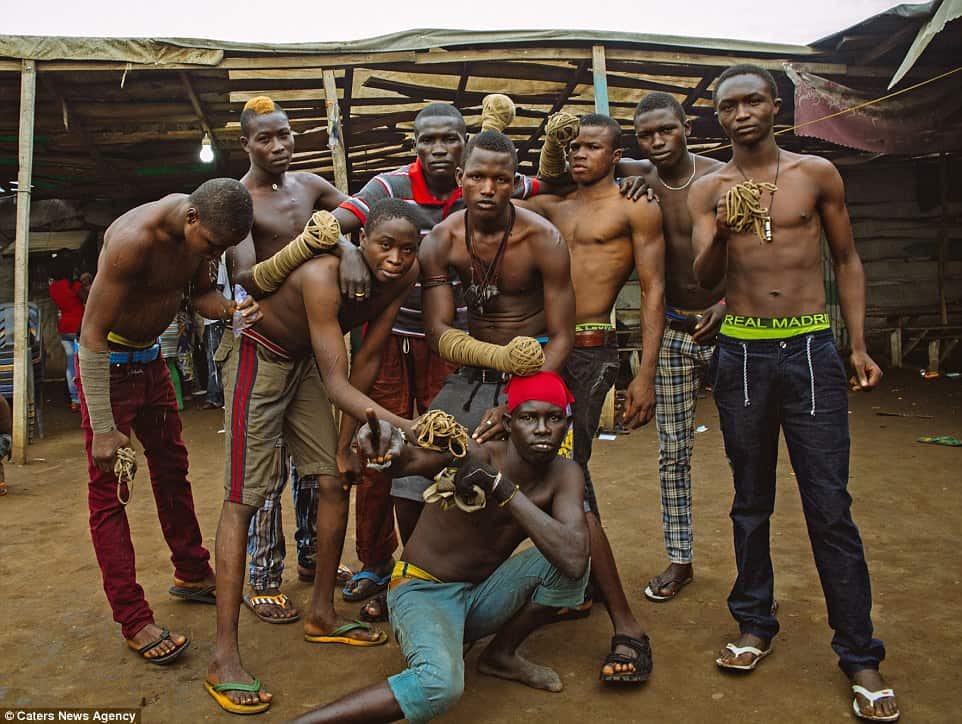Created mainly by a butcher community called “Hausa” in West Africa is a martial art form known as Dambe. This “traditional” martial art form is said to have originated from northern Nigeria and southern Niger. Furthermore, this form of martial art traditionally used to comprise of a wrestling component known as “Kokawa”. However, nowadays it mainly consists of elements belonging to “boxing”, and hence has been aptly been named Dambe, which means “box” in the Hausa language.
a. History/origin of Dambe:
According to the cultural history of West Africa, the dambe was developed as a form of martial art by a butcher community called “Hausa”. It was essentially a form of combat that was created by this community to challenge threats posed by outsiders. However, Dambe over the years has gradually transitioned into mainly a form of “entertainment” performed mainly during the harvest festival.
b. Weapons used in the Dambe:
The main weapon used by the fighter in this form of martial art is known as the “strong side fist”. The strong side fist essentially comprises of a spear that is wrapped in a piece of cloth which is then covered tightly by a knotted cord. However, the use of this weapon as of today is not permitted.
c. Technique involved in the Dambe and training availability:
In terms of technique, a fighter basically attempts to knock out the opponent using a combination of “kicks and punches”. In addition, a fighter is declared the winner when the knee, hand or body of his opponent is finally brought in contact with the ground. As for training centers/schools, there are none available around the world since this “traditional” martial art is mainly performed in Nigeria and Niger by a butcher community called “Hausa”.
image credit ')}







